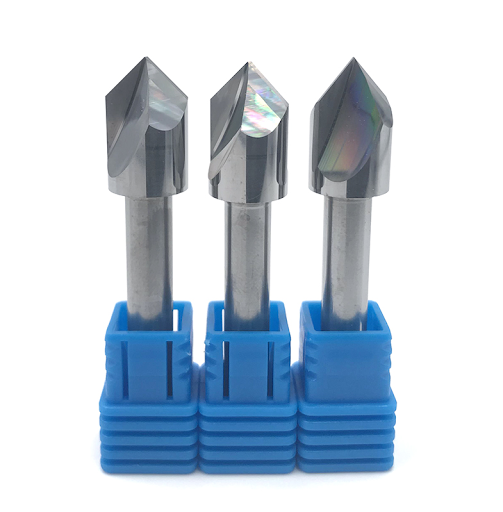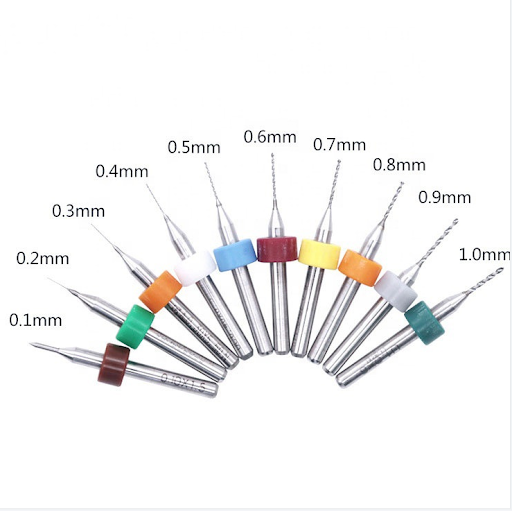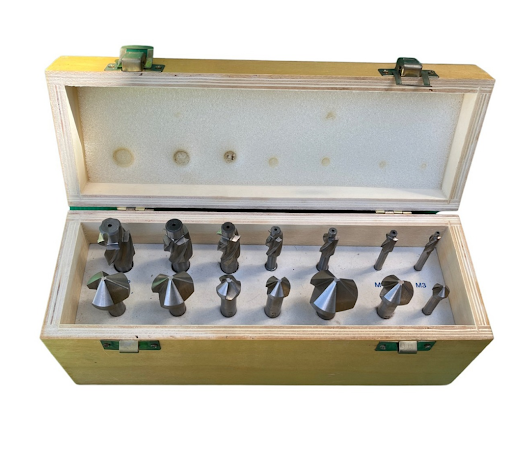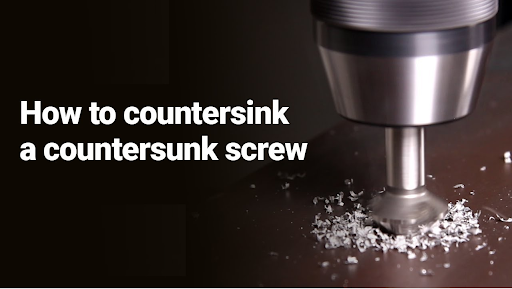
In order to use certain fasteners, you may need to drill holes. Counterbored holes are ideal for this because their flat bottoms allow a flat head socket cap screw to sit flush against the board. To make a counterbored hole, you must first determine the sink and bore sides, as well as the shaft plating, whether it is plated or not. Counterbored holes are not always the same shape as their drilled counterparts.
A counterbore is a hole formed by drilling a larger diameter hole into an already existing hole. This hole is typically drilled to a diameter of one-quarterquarter inch or greater. Counterbores are useful for keeping workpieces together. They're also useful in manufacturing applications where the size of the hole is important. The counterbore size can be adjusted to accommodate the fastener size.

While wood and metal countersinks have similar effects, they serve different functions and serve different purposes. Wood countersinks are commonly used in plastic and wood parts for screws, whereas metal countersinks are used for bolts. The primary distinction between wood and metal countersinks is the type of connection and the strength of the counterbore. When it comes to making holes in printed circuit boards, the differences between the two are more pronounced. As a result, before deciding which one to use, you should carefully assess your situation.
What is a Countersink?
You may be wondering, "What is a Countersink?" Here are some details. Countersunk holes are deeper than standard holes, so the screw head will sit below the surface. This allows the screw to go all the way through the wood without breaking it. This helps to keep the board's surface from warping or deforming. This is especially true when working with finer materials such as brass. However, before purchasing a countersink bit, read this article to understand what it is and why it is required.
When using screws to join projects, a countersink bit is required. It enables the screw to penetrate beneath the surface of board products, allowing for a wide range of finishing options. Countersink bits are available at local hardware stores and can be used with most drills. Once you've determined the proper size, simply switch the drill to its drill function. This will allow the countersink bit to properly perform its function.

Countersinking is an important step in optimizing the performance of your PCB. It makes a conical hole that matches the angle of the screw and improves PCB performance. Countersink angles of 60, 82, and 90 degrees are the most common. It is best to purchase a countersink PCB that has been certified by an authoritative organization. For example, if the manufacturer has a RoHS certification or adheres to IPC standards, it is likely to produce high-quality products. A well-organized website is also a good sign.
The Difference Between Countersink and Counterbore Holes
Both types of holes have different diameters. They have the same shape but differ in depth and shape. The difference is in the cutter used to make them. Countersinks are more commonly used in woodworking and thin sheet metal applications. Counterbores are used in construction, automotive, and architecture. The differences between the two types of holes are significant, and they should be understood before using either type of hole.
The difference between a countersink and a counterbore is that the former produces a round hole while the latter produces a cylindrical hole. Forstner bits are used in counterboring tools to create precise pilot holes. They are used when a round hole is desired but not always when a smooth finish is required. For a T-shaped fastener, a countersink is often preferable.
While countersink holes are more commonly used in small devices, counterbore holes are used in larger electronics and industrial settings. Countersink holes are typically safer to use and make the installation of small electronics easier. Countersink holes also fit better in tight spaces than counterbored holes, which is why they are used in many types of electronics and washers. When tight fitting is a priority, countersink and counterbore holes are the best choice, but check the manufacturer's manual for more information.

When using a countersink or counterbore, keep in mind that the screw or bolt is not set at the top of the workpiece. The screw or bolt head remains beneath the workpiece's surface. A counterbore is a more secure method of creating flat holes that is commonly used in woodworking and plastics. A counterbored hole is usually larger than the screw head.
When a fastener is tapered, it requires a countersink. The countersink ensures that the fastener is fully inserted, ensuring a strong connection. Aside from the aesthetic benefits of a countersink, it also reduces the risk of a cut or tear to the skin or clothing. Countersinks are typically less expensive than countersinks, so you must choose between the two.
Countersinks and counterbores differ in size and shape, as previously stated. A countersink has a flat surface for exposed bolts and nuts, whereas a counterbore has a recessed portion. The dimensions of countersink and counterbore holes are determined by the fastener's size and diameter. A countersink can also be a shape, which requires a sketch and the placement of holes.
When using a countersink, drill on the opposite surface of the mating piece. A countersink helps the parts fit together properly and removes burrs from drilling and tapping. Countersinks can also be used to make a shallow hole in wood for coach bolts. The coach bolt's head fits into the shallow hole, increasing structural lifetime. It is important to note that the distinction between countersink and counterbore is subtle.
Countersink and Counterbore PCB Applications
There are numerous PCB applications that necessitate the use of holes. One of these applications involves drilling a countersink or counterbore hole. This allows the hole to be flush with the PCB's surface. The countersink hole is more complicated than the counterbore hole because it is designed to fit a standard screw with a flat head. It does, however, allow the PCB to be flush with a board or device.
While sinkholes are often preferred, countersink PCB is often the best choice for increasing functionality. You can add components without interfering with the functionality of your design. The countersink hole facilitates drilling without damaging the PCB. Furthermore, you must drill it correctly to avoid damaging the PCB. Before drilling, you must determine which side of the PCB to drill. This is determined by the location of the components.
When looking for a manufacturer for your PCBs, look for one that uses standard materials and has plenty of storage space. Look for a manufacturer who has been certified by reputable organizations such as the IPC or RoHS. A manufacturer with standard customer service and a well-structured website will be worth your time and money. There are numerous advantages to using countersink and counterbore PCB applications.
There are numerous types of countersink, and plated holes are a common application for both. The surface finish you choose can have an impact on the appearance and efficiency of the countersink hole. For example, a finished surface finish can make the hole appear smaller or larger than it is. If you want the countersink to be plated, you must consider the surface finish before purchasing.
How to Install Your PCB With Countersink Or Counterbore Hole in PCBMay
Do you have a PCB with a countersink or a corresponding counterbore hole? These holes are intended for use in small or limited-space devices. You can use these holes to insert socket screws into the board. They also make it simple to drill the PCB's surface without destroying the design. If you're not sure what you're doing, keep reading to learn how to properly install your PCB.
Using a two-drill method, you can drill a countersink hole without a countersink bit. This method is dependable, but it will never yield a perfectly square hole. Before drilling your PCB, wrap tape around the bit to keep it from going through the materials. Drill a larger drill bit through the board's material and insert the screw into the hole.

A countersink hole is used in devices with a very tight fit and is the best choice for small devices. A counterbore hole is used when a cylindrical screw cannot fit in a small enough hole. It is also used in washers and other electronic components. Before committing to a counterbore hole, check with your PCB supplier to ensure that it is countersunk.
In general, the price of a countersink PCB can vary. The cost of PCB materials, copper thickness, and surface coating will all have an impact on the price. The quality and service of the PCB manufacturer are critical for PCB reliability. PCBMay can offer high-quality, error-free PCB Assembly services. Our website could be well-organized and include information about the manufacturer. Consumer reviews may provide information on the manufacturer.



